Blog
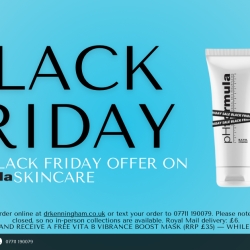
Black Friday 2025
21/11/25Get your Christmas presents earlyGift yourself, friends and family with some high end skincare. Limited time and bonus mask only while stocks last.
Read more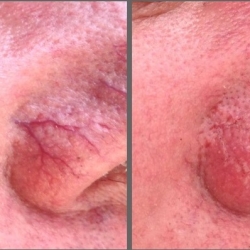
How to treat small vessels on the face.
04/09/25How to treat small vessels on the face? There are several options. ThermaVein, laser or IPL.Here at Dr K’s Clinic we use ThermaVein. This treatment uses thermocoagulation to remove facial...
Read more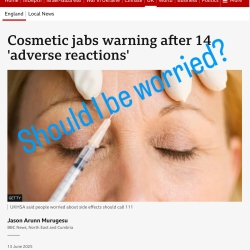
Is Botox safe?
15/06/25What’s all this about? UPDATE: Between the 4th of June and 14th of July there were a total of 38 cases of Botulism reported, the majority of which (29) were in the North East of England. ...
Read more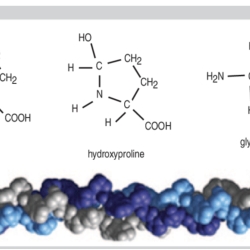
Do collagen supplements work?
04/04/25I’m a GP with a background in Dermatology. I have a life time’s love of holistic medicine, improving the health of your skin and your body by moving and fuelling. True to my GP training, prevention...
Read more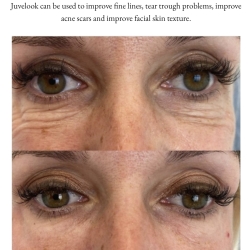
The long lasting Juvelook and Lenisna (PDLLA and HA hybrid) treatments
09/03/25Juvelook and Lenisna, these aesthetic treatments can deliver results that last up to 2 years. Lenisna is the facial product, Juvelook is the under eye product. These products are also very effective for...
Read more
Want to know more about "the newest botox that lasts 6 months"?
28/01/25Want to know more about “the newest botox that lasts 6 months”? By Dr Maeve Kenningham medical director of Dr K’s Clinic. Reported on the 28 January 2025.UPDATE:Is available...
Read more






